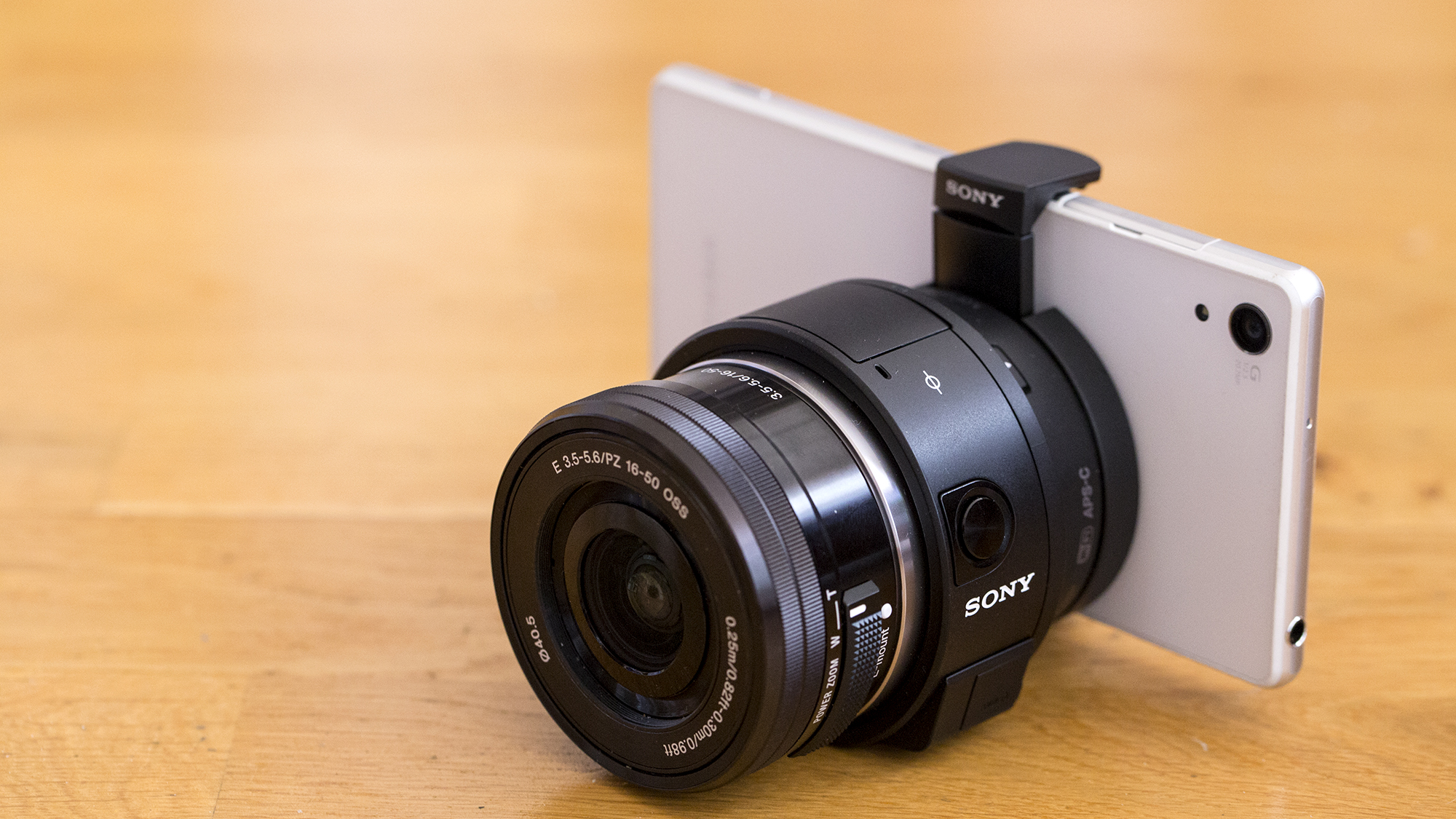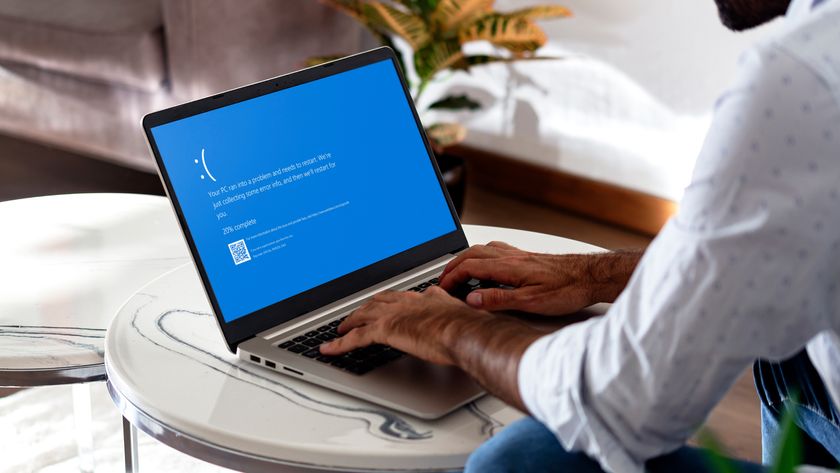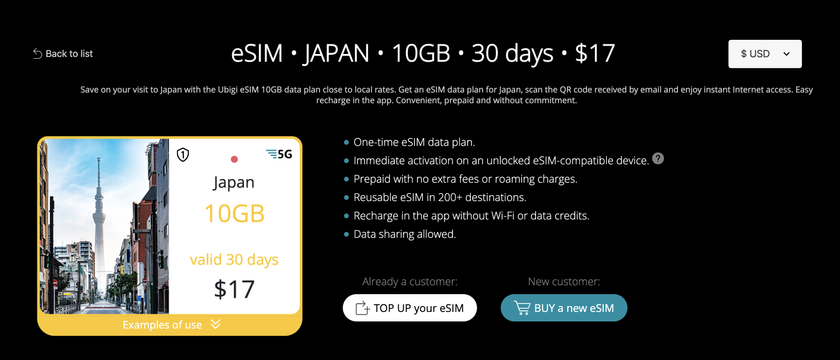Why you can trust TechRadar
Sony cameras have been impressing us with their performance for some time, so in terms of image quality alone I had no reason to believe that the QX1 would be anything other than great.
Once again, my expectations were met and I'm pleased to report that JPEG images straight from the camera have lovely bright and vibrant colours.
There's also a good level of detail represented by the APS-C sized sensor. Both in terms of colour and detail, these images go way above and beyond what a smartphone is capable of - as you would expect.
The camera's multi-segment metering system does a good job of producing accurate exposures in the majority of conditions. As always, you might feel you need to dial in some exposure compensation when photographing something high contrast - it's a shame that you can't change metering modes, though.
Automatic white balance does a fairly decent job overall, erring slightly towards warmer tones when faced with some artificial lighting. As you can change this setting it's not too much of a problem if the camera is really struggling with yellowish tinges. Usefully, you can also set your own white balance.
Noise performance
Including the Bionz X processor on this camera should mean that noise performance is very good - and thankfully it is. Shooting images at ISO 3200, it's hard to spot noise when viewing images at normal printing and web sizes.
Given the nature of how you shoot with this kind of camera, you might be a touch more generous towards the quality since you're likely to only be sharing at web sizes. But even examining at 100% reveals there's a low amount of noise and a good amount of detail resolved at this high level.
For now, Adobe Camera Raw doesn't support the raw format files from the QX1, but you can download (free) Sony's Image Data Converter to work with the files.
Comparing an equivalent raw format file with the JPEG image reveals that the in-camera noise reduction is fairly heavy handed, with a decent amount of speckling visible in the raw files. This is good if you want to apply your own to control the amount of detail retained.
Lens performance
The kit lens supplied with the camera is a decent all-round performer (you can buy it body only if you already have your own Sony lens, which is useful if you already own a Sony compact system camera). The zoom range gives you good flexibility, providing a nice wide-angle and a useful enough telephoto optic.
It's certainly much better than the digital zoom of most smartphone cameras anyway. There's no macro mode, but of course you could always buy a dedicated macro lens if you wanted to photograph detailed closed-ups.
One of the main benefits of the Bionz X processor should be operational speed. Unfortunately, with the QX1 you are tied to how fast your phone is. I have tried the QX1 with both an iPhone 5S and a Sony Xperia Z2, and on both occasions there has been a fairly perceptible lag between the shot being taken and it appearing on the screen, thus making shot to shot times very slow indeed.
If you're shooting a long exposure, be prepared to wait for a lot longer than the exposure time. A 30-second exposure actually took the camera and phone working together over one minute to display, for instance.
Normally at this point in a review, we might mention digital filters. Sadly, there are none to be found in the app, so if you want to get creative with your shots, you'll either have to edit photos after they have been taken (such as via Instagram) or use one of the few apps that allow you to use the mounted camera instead of the inbuilt phone camera. The former is at least pretty straightforward as the image is already transferred across to your phone, ready for sharing and working with.
Current page: Performance
Prev Page Build Quality and Handling Next Page Image quality and resolutionAmy has been writing about cameras, photography and associated tech since 2009. Amy was once part of the photography testing team for Future Publishing working across TechRadar, Digital Camera, PhotoPlus, N Photo and Photography Week. For her photography, she has won awards and has been exhibited. She often partakes in unusual projects - including one intense year where she used a different camera every single day. Amy is currently the Features Editor at Amateur Photographer magazine, and in her increasingly little spare time works across a number of high-profile publications including Wired, Stuff, Digital Camera World, Expert Reviews, and just a little off-tangent, PetsRadar.














